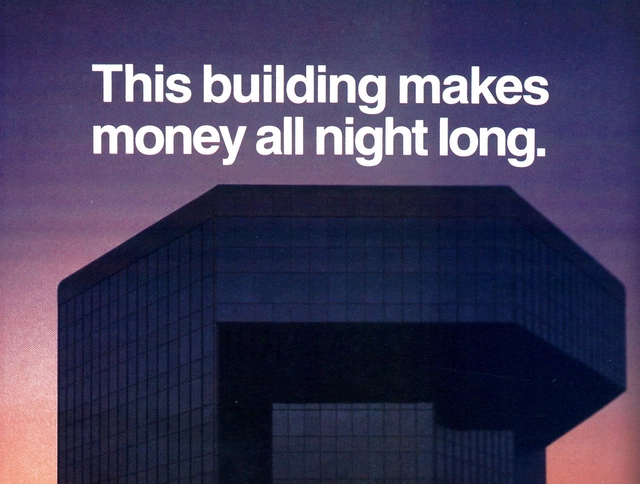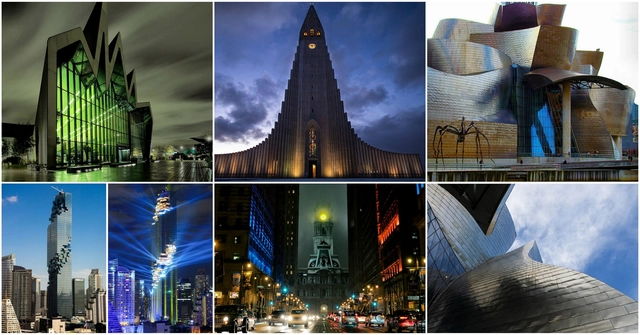
This article was originally published on Common Edge.
Recently, I resolved that I wasn’t going to be drawn into the silly posturing about how ChatGPT would take the jobs of every experienced architect on earth before 2030, but an intelligent post on this website by Geethanjali Raman and Mohik Acharya broke that resolve. What isn’t being stressed is that algorithms that sample internet-based information are only as good as the quality of that information. Architectural history suggests that all new things have a shelf life, quickly fading from view after being hyped. Only the best will persist after a lengthy period of evaluation and criticism. Any new architecture widely praised and available since the rise of the internet is likely to be untested by time and thus not worth using as a benchmark. And let’s face it: Some of the worst buildings ever designed by humans are out there in cyberspace, crowding out better ones that haven’t yet been digitized.







![Call For Submissions: [TRANS-] media - Featured Image](https://snoopy.archdaily.com/images/archdaily/media/images/5ab2/9cae/f197/cc7d/4900/030f/slideshow/open-uri20180321-25824-s48ry3.jpg?1521654949&format=webp&width=640&height=580)





































